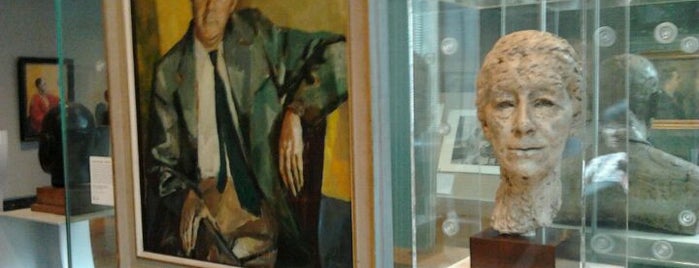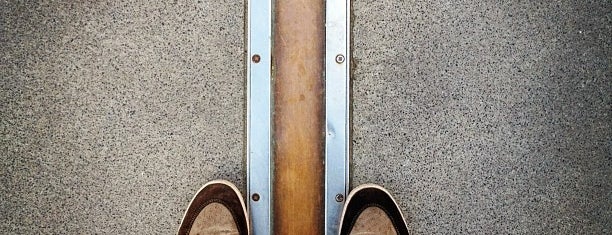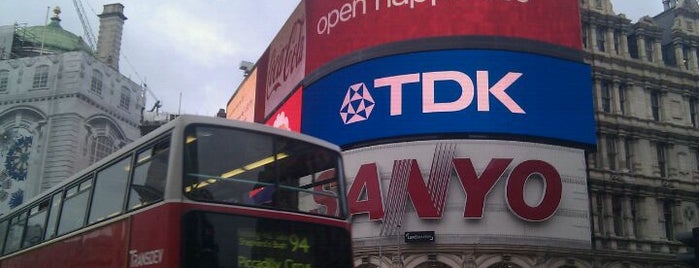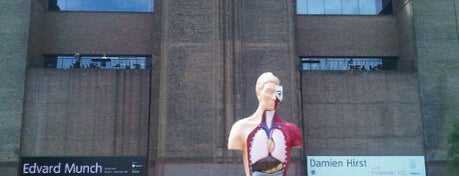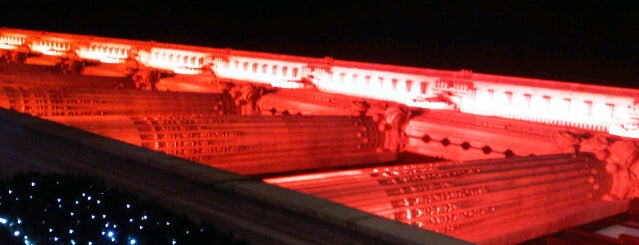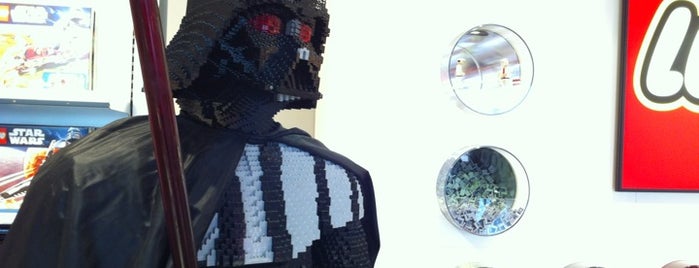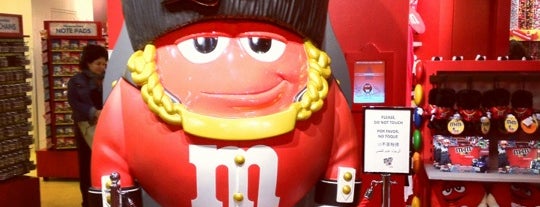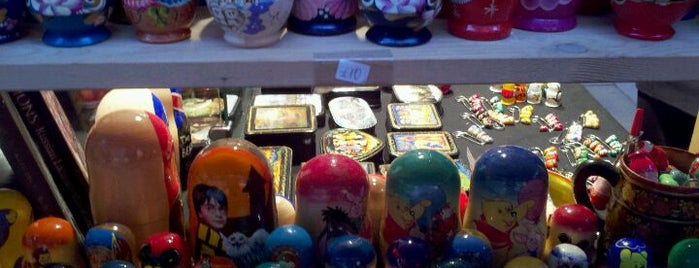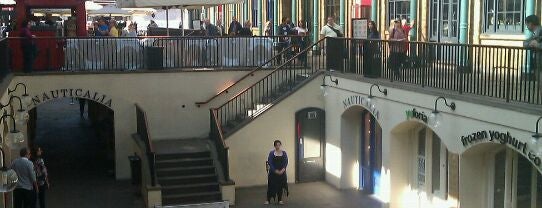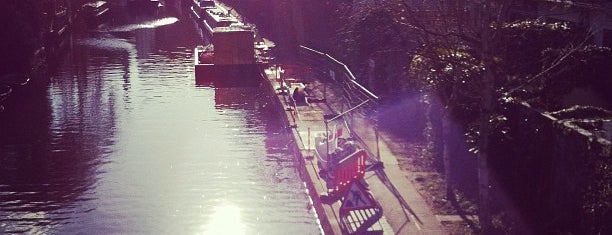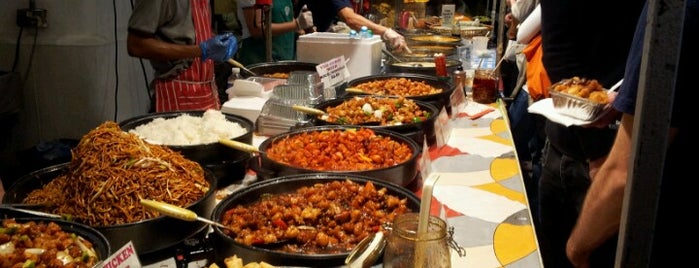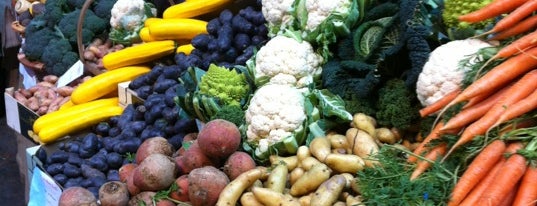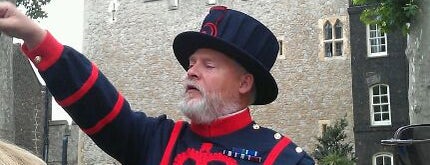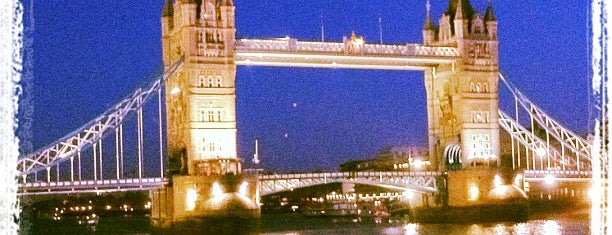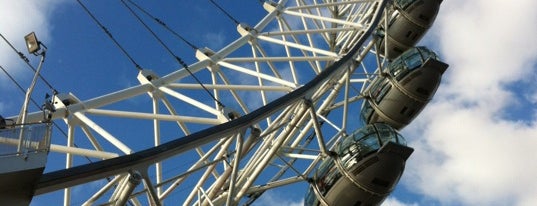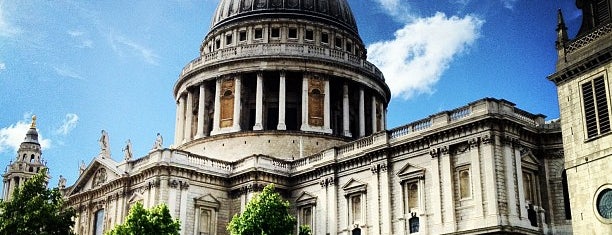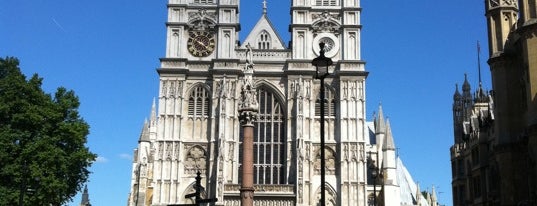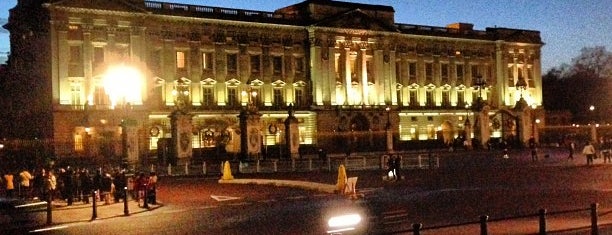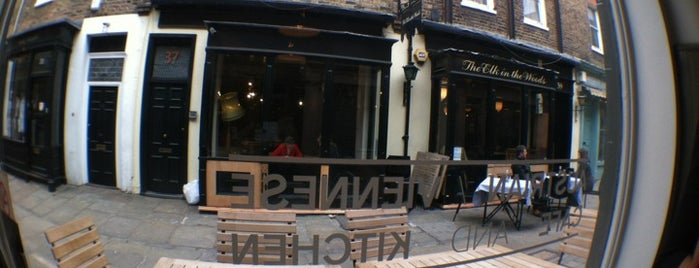![]() When quintessential church fête meets West End London chic, the result is Piccadilly Market. Read more.
When quintessential church fête meets West End London chic, the result is Piccadilly Market. Read more.
![]() This London institution may appear too commercial and crowded to provide a characterful retail experience, but some quirky gems lift the experience. Read more.
This London institution may appear too commercial and crowded to provide a characterful retail experience, but some quirky gems lift the experience. Read more.
![]() Camden Market actually refers to the several markets that cover the northern end of Camden Town. Each market has a character of its own. Read more.
Camden Market actually refers to the several markets that cover the northern end of Camden Town. Each market has a character of its own. Read more.
![]() Brick Lane Market is where Eastern promise meets East End chaos. As well as bric-a-brac and fruit and veg, you can now pick up everything from retro furniture to vintage jewellery. Read more.
Brick Lane Market is where Eastern promise meets East End chaos. As well as bric-a-brac and fruit and veg, you can now pick up everything from retro furniture to vintage jewellery. Read more.
![]() There's plenty here to fill a whole day, and it's worth joining one of the highly recommended and entertaining free tours led by the Yeoman Warders (or Beefeaters). Read more.
There's plenty here to fill a whole day, and it's worth joining one of the highly recommended and entertaining free tours led by the Yeoman Warders (or Beefeaters). Read more.
![]() Opened in 1894 and originally powered by steam, the drawbridge is now opened by electric rams when big ships need to venture this far upstream. Read more.
Opened in 1894 and originally powered by steam, the drawbridge is now opened by electric rams when big ships need to venture this far upstream. Read more.
![]() On a clear day the London Eye, the world's largest observation wheel, offers views as far as 25 miles away. Read more.
On a clear day the London Eye, the world's largest observation wheel, offers views as far as 25 miles away. Read more.
![]() The passing of three centuries has done nothing to diminish the magnificence of St Paul's Cathedral, Christopher Wren's masterpiece and London's most famous cathedral. Read more.
The passing of three centuries has done nothing to diminish the magnificence of St Paul's Cathedral, Christopher Wren's masterpiece and London's most famous cathedral. Read more.
![]() The cultural significance of Westminster Abbey is hard to overstate. Its popularity can only have increased since the wedding in April 2011 of Prince William and Catherine Middleton. Read more.
The cultural significance of Westminster Abbey is hard to overstate. Its popularity can only have increased since the wedding in April 2011 of Prince William and Catherine Middleton. Read more.
![]() Designed by architect Charles Barry as part of the Palace of Westminster, The Clock Tower was completed in 1859. Read more.
Designed by architect Charles Barry as part of the Palace of Westminster, The Clock Tower was completed in 1859. Read more.
![]() Designed by Charles Barry, the Palace of Westminster – which comprises the Houses of Parliament and Big Ben - is now a wonderful mish-mash of styles, dominated by Gothic buttresses, towers and arches. Read more.
Designed by Charles Barry, the Palace of Westminster – which comprises the Houses of Parliament and Big Ben - is now a wonderful mish-mash of styles, dominated by Gothic buttresses, towers and arches. Read more.
![]() As the home of the Queen, the palace is usually closed to visitors, but you can view the interior for a brief period each summer while the Windsors are away on their holidays. Read more.
As the home of the Queen, the palace is usually closed to visitors, but you can view the interior for a brief period each summer while the Windsors are away on their holidays. Read more.
